Avoiding Woodpecker Damage
Wednesday, November 18th, 2015This is Passport to Texas
As a rule, woodpeckers excavate cavities in dead trees, called snags, which they then live in. The exception to the rule occurs when in their home building zeal, they mistake dark colored house siding, for a snag. When they do—homeowners have problems.
And it looks like cannon balls have been shot through the house. Maybe two or three; and we’ve seen some with fifteen, sixteen holes.
Cliff Shackelford is a non-game ornithologist with Texas Parks and Wildlife. He says woodpecker damage occurs most often in urban and suburban areas where homeowners removed dead wood from their property.
What we recommend people to do with problems with woodpeckers is to put a nest box. If you’re familiar with a bluebird box, it’s just a larger version of that custom made for woodpeckers.
Visit passporttotexas.org for a link to information and free blueprints to make your own woodpecker nest box.
People can build this in a couple of hours on the weekend, and put it up on the side of the house, and in all cases that we’ve done this – it’s worked. And the woodpecker stops chiseling on the home, and goes to this next box, and is very content.
That’s our show for today… For Texas Parks and Wildlife…I’m Cecilia Nasti.
________________________________________________
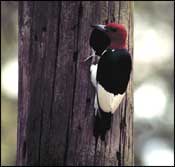
Red-headed Woodpecker
- Floor – 6 inches by 6 inches
- Depth – 12 inches
- Entrance height above floor – 10 inches
- Entrance diameter – 2 inches
- Recommended height above ground – 10 to 20 feet
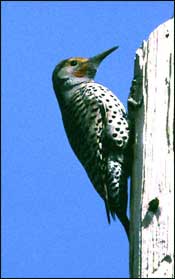
Northern Flicker
- Floor – 7 inches by 7 inches
- Depth – 16 to 18 inches
- Entrance height above floor – 14 to 16 inches
- Entrance diameter – 2½ inches
- Recommended height above ground – 6 to 20 feet
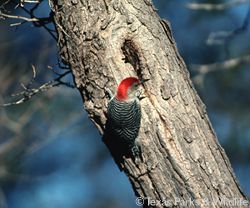

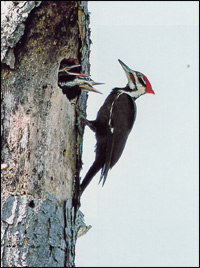
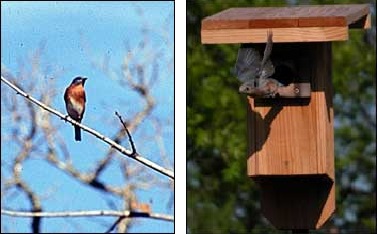
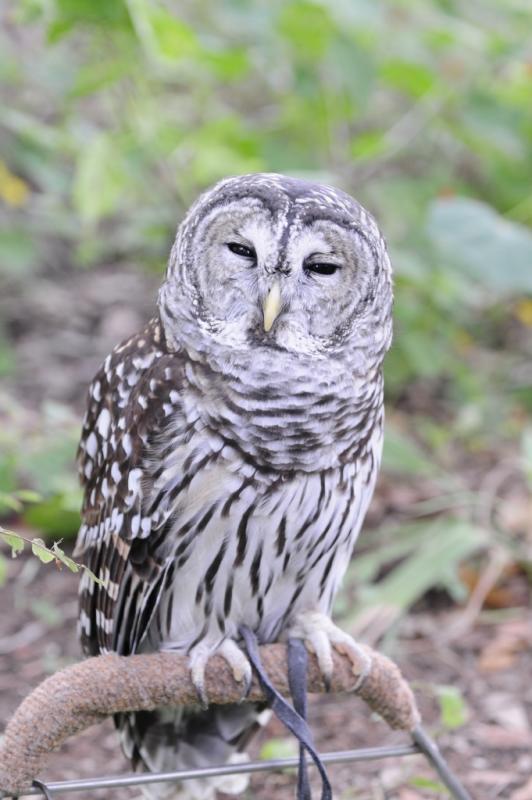
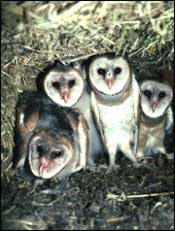
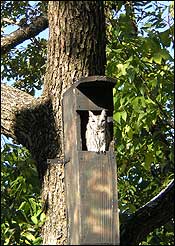
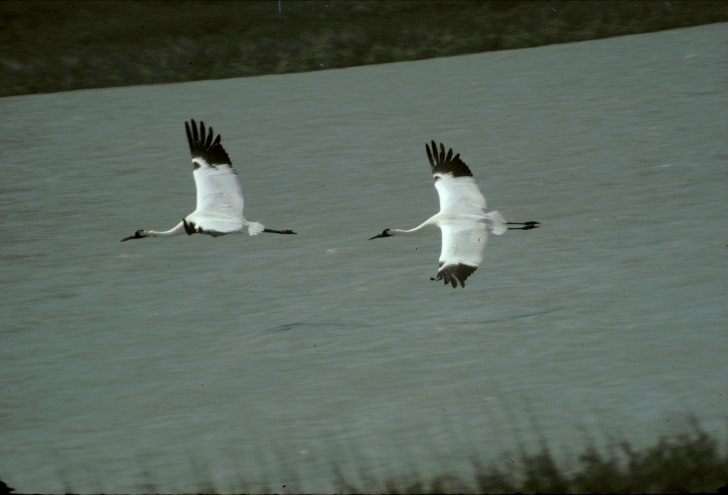

 Passport to Texas is a
Passport to Texas is a  Passport to Texas is made available by:
Passport to Texas is made available by: